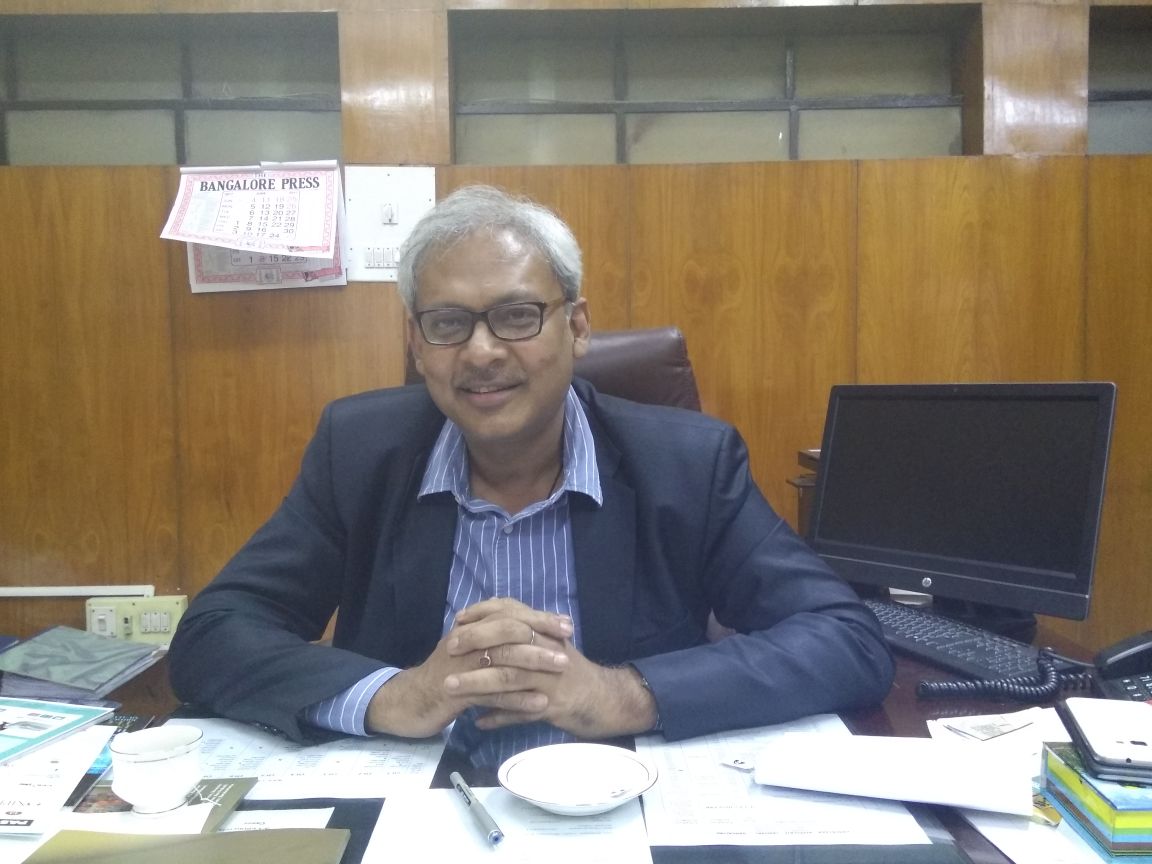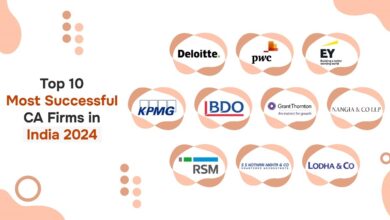
Karnataka, a green state, has already achieved a major recovery in the power industry, last year (2020), the state’s energy consumption dropped during the COVID period. This year’s rebound is very good. The state is recording peak traffic, reaching 14,500-15,000 megawatts.
Karnataka is greener than most other developed states or countries in the world. Our share of renewable energy and hydropower is as high as 60% of investment in power generation.
It has reached a peak of 40-50%. In a sense, we are a country with excess power,” Kapil Mohan, the additional chief secretary of the Karnataka government, minister of power, and chairman of the state authority DISCOMS, said in an interview.

How would you describe the 2020-21 fiscal year for you and everyone in terms of growth and challenges faced due to COVID?
COVID-19 – Tech

Energy is a key element of economic development. As you can see, per capita electricity consumption is positively correlated with GDP growth and per capita income.
I think that as a country, we suffer from energy scarcity in India. In my past work with RGGVY (Rajiv Gandhi Grameen Vidiutikaran Yojana), under the head of the United Power Department in the past, where I was director, the focus at the time was to improve the energy of all sectors of society without having access to energy.
Even now, according to these plans (RGGVY), electricity consumption per capita in India is still very low. In my opinion, our focus should be on further improving the power supply, and we should strive to improve energy efficiency.
Coming to Karnataka, we have witnessed a major recovery in the past three months. Last year (2020), the state’s energy consumption dropped during the COVID period. The rebound of this year (2021) is very good. We are recording record peak traffic. We almost have to reach 14,500 to 15,000 megawatts.
Karnataka, the greenest state, which is greener than most other developed countries in the world. Our share of renewable energy and hydropower is as high as 60% of investment in power generation.

It has reached a peak of 40-50%. We are proud of our grid; we have invested in it for some time to be able to absorb such a large amount of renewable energy. In a sense, we are in a “state of excess power” at some point.
At present, variable renewable energy and the variability of renewable energy have brought us some problems. We sometimes have surpluses, and during peak periods we will be at a loss. If you see the number of grace periods, we can say that Karnataka will be in surplus.
We have two or three strategies. One is demand-side management. We take active measures to shift the load to adapt to our renewable energy power generation.
We are still trying to test the bases in Bangalore, and then focus on active demand-side management as a tool to deal with changes in the nature of renewable energy.
The second is to use intermediates to convert renewable energy into electricity. The popular option we are investigating is battery storage, followed by pump storage. For pump water storage, we are proposing several projects in the state and have determined the location.
The third set of measures is to modify our thermal power generation and baseload power generation for positive rise and fall. At the same time, we also invest more in our sub-transmission grid to make it more responsive to changes in renewable energy which also promoted some related developments. Developments that help us in data management such as the promotion of electric vehicles.
Through these measures, we hope to be able to match our loading costs, and our substitutes can meet our needs, and our supply can be perfectly matched. At the same time, our renewable energy is developing in the direction of more renewable energy, and our energy structure has also improved.
Demand [population growth and #WFM #SFM increase] has led to an exponential increase in electricity consumption.
How do you manage demand and supply?
Due to lockdowns, migrant labor issues, COVID restrictions, and economic slowdown, the beginning of the fiscal year (2020-21) of the power business was not very good. All of these have an adverse effect on the entire chain of the power sector.
You can feel pain everywhere. In the last quarter (January to March), we have achieved a considerable recovery, which is not enough to make up for the loss.
The power sector is facing a severe liquidity crunch. To some extent, the central government announced a liquidity plan to help power generation companies recover their arrears from financially controlled distribution companies such as DISCOM, and we accepted this plan.
However, due to slowing demand and the rigid nature of our contracts, DISCOM itself had to suffer a major blow. There is still pressure on the distribution part of the power sector chain.
We do not have any packages or relief from DISCOMs. The COVID-19 has dealt a blow to DISCOM’s financial situation. Their debts have increased, so their liquidity conditions have deteriorated. The balance sheet for this year is not very good.
What are the challenges people and you face due to COVID-19? How to respond to them?
The future challenge will be on the distribution side to make the distribution business viable. There are several reasons for that. Some irrigation pump groups and other subsidy categories have insufficient subsidies.
Government departments do not pay dues, and some parts of DISCOM are very efficient in collecting payments, and the loss level is very high.
For Karnataka, the cost of purchasing electricity is as high as 83-84%. The main challenge that the power sector will face is the relatively high cost of electricity. This is a challenge that must be supported by a highly consistent response from all government departments and related agencies.
While we are promoting renewable energy, we must honor the traditional heat contracts that we have already invested in or baseload.
This means that we have to pay for traditional contracts and renewable energy. Therefore, due to traditional power contracts, the benefits of the reduced cost of renewable energy that we are witnessing today are not passed on to consumers.
Therefore, our power costs are high. This problem needs to be solved. This is not to say that this problem has not appeared in other countries (especially Europe or the west coast of the United States), these countries have also begun to integrate renewable energy in the grid on a large scale.
But so far, we have not responded. This not only increases the cost of electricity but also leads to high costs of inputs in the economy and reduces fair access to energy. I think this is a very basic and core issue that must be resolved, Kapil said.
The third challenge is to increase the integration of renewable energy and change our energy structure to green, while maintaining grid stability, meeting demand, and responding to investment.
In which areas can the power sector deploy technologies to improve energy efficiency? What experience do you have in using technology?
Traditionally, if you destroy efficiency, it has two main components. One is called tactical efficiency, and the other is called collection efficiency.
Regarding the second component, the real challenge in Karnataka, we collect payments from consumers very efficiently, but our main goal is to collect payments from state government agencies and other subsidy agencies. We are unable to collect dues receivable, which makes our collection efficiency figures somewhat regrettable.
We can improve it and make it more targeted by developing businesses such as “prepaid meters” in the agricultural field. Considering the history of this field, this may be a bit controversial, but it will eliminate the problem of dissatisfying actual expenditures. The need for subsidies is the same as that of state government departments.
But it must be remembered to consider the practicality of socio-economic reality. If you set them as “smart meters”, you can reduce our collection costs, which makes it more meaningful. It also enables other functions, such as time of day measurement, which can help us improve the efficiency of the power distribution department by matching the load and supply.
Technical efficiency requires a lot of investment. Usually in India, we have problems with places where the pressure of substations is high, and these substations cannot improve our conversion meeting capabilities.
This is very costly, but it has two advantages: it improves the reliability of supply, reduces the possibility of theft, and of course also reduces technical losses or improves technical efficiency.
These efficiency-improving measures will be more reflected in our policies by the state and all of these will affect the investment in power infrastructure by the expropriating party and the power grid.
In terms of technology, both are to improve the operational efficiency of the energy sector, especially the efficiency of the power distribution sector. We usually highlight the distribution part because this is the source of income.
In the past, many state governments have explored power supply 24 hours a day, but in vain. What is your opinion on this and your plan for Karnataka?
There may be many reasons. One reason may be that there is no electricity at a given moment. Another possibility is technical constraints in the grid. For example, there may be congestion in the substation, and we think the grid is a whole, but it is not.
In some areas, we have more power, and in some areas, we have less power. If there is any congestion, traffic (flow) will not happen so easily. Finally, this may be the variable nature of power. It may be redundant or in short supply. We are also moving towards green energy mixing.
In Karnataka, we usually do connection ( feeders) business. No matter where we operate the feeder, we will provide more hours of electricity. It is not recommended to supply electricity for a long time on the branch line equipped with irrigation pump sets and houses, as this will cause loss and waste of electricity and water.
For us, our problem is that we sometimes have surplus energy, and at peak times there will be some deficits. At that time we did some load shifting. During this process, we may not be able to play 24 hours a day. To a large extent, as a state, we separate the feeders within 24 hours, and the feeders isolate the power supply between the irrigation and other loads.
We have achieved very reasonable success in undertaking some distribution networks. Over the years, a lot of investment has been made in isolating branch lines. Now, I think the 24-hour power supply for the household sector and other sectors provided to Karnataka has been largely resolved.
The Union government has proposed to privatize the state power of DISCOMS. What do you think about the implementation of the proposal?
The proposal is not about the privatization of the state power DISCOM. In other words, we can have a private-sector distribution license to obtain permission to operate in a specific area under certain conditions. In my opinion, this will not be privatization.
But if you see the ongoing process of the original 2003 Electricity Act, where they talked about separating content and shipment through the separation of electronics and wires, it is along this line.
In the long-term strategy envisaged in the Electricity Act, obtaining distribution licenses in certain areas is a further step.
As the state government, we can say that this is acceptable overall, but we must be very careful while implementing this procedure. The reason there should not be cherry-picking.
Needless to say, some parts of the power business are very attractive, some are not so attractive, and the service costs are also different. Our pricing policy makes our electricity bills different from service costs. The cost of service will be the average supply cost plus the variable nature of other costs.




